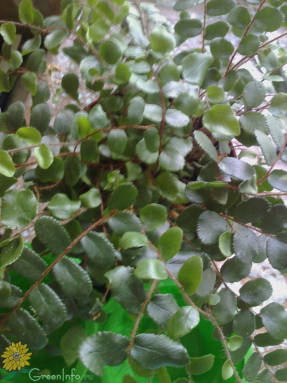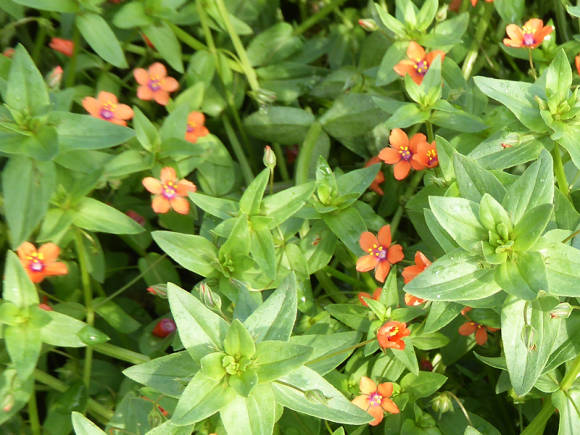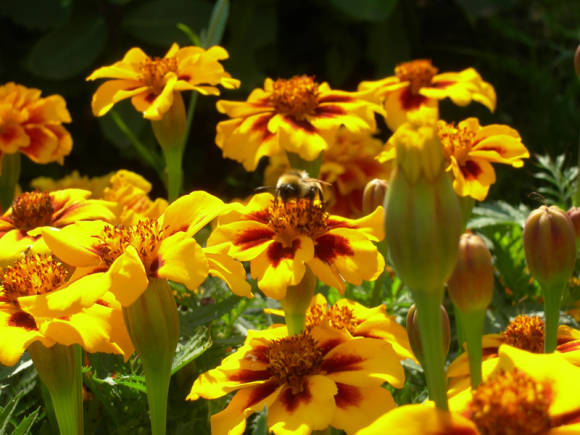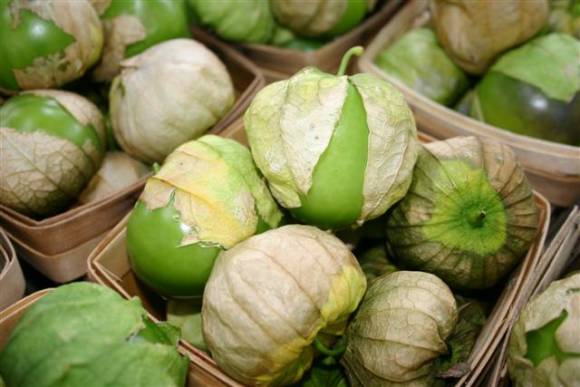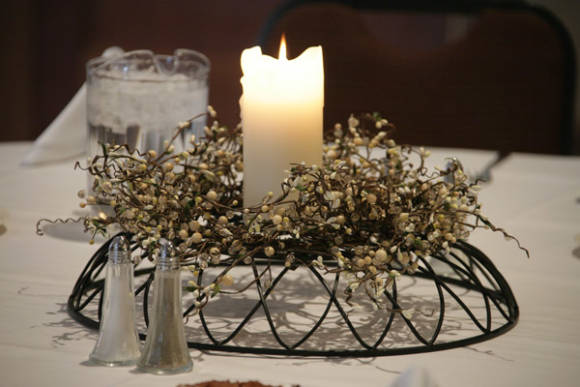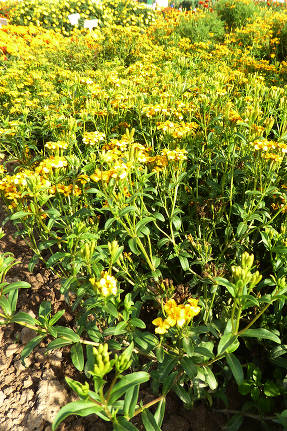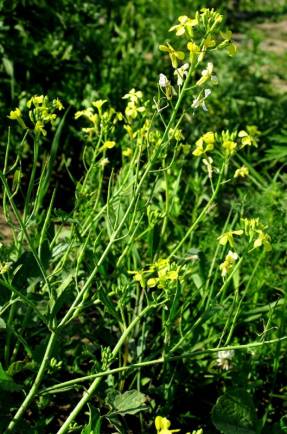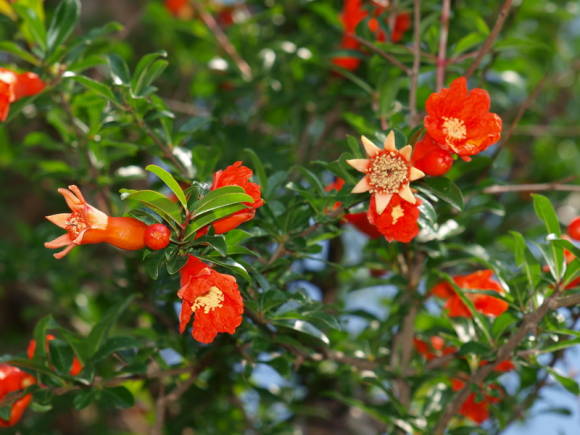Efimenko Alexander Alexandrovich,
practitioner in interior landscaping and plant care

The number of people who want to have live plants at home or in the office is increasing every year. As usual, most neophytes have little idea of what this desire turns out to be. They somehow lose sight of the fact that plants are also living things that require care and maintenance.
The usual "room conditions" are a constant temperature from +14 to + 22 ° С, limited light, an excess of carbon dioxide and a predominance of dry air. Indoor living is often an ordeal for plants.
In theory, everyone understands this and agrees to "do everything necessary for green friends": water, feed, spray. True, the frequency of fertilizing and watering remains a mystery to most. Sometimes they remember such an important parameter as air humidity and buy a humidifier.
Everyone remembers about the light. But further events usually unfold like this. Having found out how much light the plants need, the customer is frightened, but usually installs the system anyway. And then immediately begins to save energy. The lights are turned off on weekends, turned off for the period of vacations and holidays, and those lamps that are not needed or interfere with the office staff are turned off. The understanding that plants need light every day and without the necessary quantity and quality of light, plants will lose their attractiveness, stop developing correctly and die, disappears almost instantly.
This article on the importance of light for plants may improve the situation at least a little.
A little bit of biochemistry and plant physiology
Life processes are carried out in plants, as in animals, constantly. The energy for this plant is obtained by assimilating light.

Picture 1
- the top center graph is the spectrum of radiation (light) visible to the human eye.
- the middle graph is the spectrum of light emitted by the sun.
- bottom graph - absorption spectrum of chlorophyll.
Light is absorbed by chlorophyll - the green pigment of chloroplasts - and used in the construction of primary organic matter. The process of the formation of organic substances (sugars) from carbon dioxide and water is called photosynthesis. Oxygen is a byproduct of photosynthesis. Oxygen released by plants is the result of their vital activity. The process in which oxygen is absorbed and in which the energy necessary for the vital activity of the body is released is called breathing.When plants breathe, they absorb oxygen. The initial stage of photosynthesis and the release of oxygen occurs only in the light. Breathing is carried out constantly. That is - in in darkness, as in light, plants absorb oxygen from the environment.
Let's emphasize again.
- Plants receive energy only from light.
- Plants consume energy constantly.
- If there is no light, the plants will die.
Quantitative and qualitative characteristics of light
Light is one of the most important ecological indicators for plant life. There should be as much of it as needed. The main characteristics of light are its intensity, spectral composition, daily and seasonal dynamics. From an aesthetic point of view, it is important color rendering.
 |  |
Light intensity (illuminance), at which a balance between photosynthesis and respiration is achieved, is not the same for shade-tolerant and light-loving plant species. For light-loving people, it is 5000-10000, and for shade-tolerant ones - 700-2000 lux.
Read more about the needs of plants in light - in the article Requirements of plants for illumination.
The approximate illumination of the surface under various conditions is shown in Table 1.
Table No. 1
Approximate illumination in different conditions
№ | Type of | Illumination, lx |
1 | Living room | 50 |
2 | Entrance / toilet | 80 |
3 | Very cloudy day | 100 |
4 | Sunrise or sunset on a clear day | 400 |
5 | Study | 500 |
6 | It's a nasty day; TV studio lighting | 1000 |
7 | Noon in December - January | 5000 |
8 | Clear sunny day (in the shade) | 25000 |
9 | Clear sunny day (in the sun) | 130000 |
The amount of light is measured in lumens per square meter (lux) and depends on the power consumed by the light source. Roughly speaking, the more watts, the more suites.
Suite (OK, lx) - unit of measurement of illumination. Lux is equal to the illumination of a 1 m² surface with a luminous flux of incident radiation equal to 1 lm.
Lumen (lm; lm) - unit of measurement of luminous flux. One lumen is equal to the luminous flux emitted by an isotropic point source, with a luminous intensity equal to one candela, into a solid angle of one steradian: 1 lm = 1 cd × sr (= 1 lx × m2). The total luminous flux produced by an isotropic source with a luminous intensity of one candela is equal to lumens.
The lamp markings usually indicate only the power consumption in watts. And the conversion into light characteristics is not carried out.
The luminous flux is measured using special devices - spherical photometers and photometric goniometers. But since most light sources have standard characteristics, then for practical calculations, you can use table No. 2.
Table 2
Luminous flux of typical sources
№№ | Type of | Light flow | Luminous efficiency |
| lumen | lm / watt | |
1 | Incandescent lamp 5 W | 20 | 4 |
2 | Incandescent lamp 10 W | 50 | 5 |
3 | Incandescent lamp 15 W | 90 | 6 |
4 | Incandescent lamp 25 W | 220 | 8 |
5 | Incandescent lamp 40 W | 420 | 10 |
6 | Incandescent halogen lamp 42 W | 625 | 15 |
7 | Incandescent lamp 60 W | 710 | 11 |
8 | LED lamp (base) 4500K, 10W | 860 | 86 |
9 | 55 W halogen incandescent lamp | 900 | 16 |
10 | Incandescent lamp 75 W | 935 | 12 |
11 | 230V 70W halogen incandescent lamp | 1170 | 17 |
12 | Incandescent lamp 100 W | 1350 | 13 |
13 | Halogen incandescent lamp IRC-12V | 1700 | 26 |
14 | Incandescent lamp 150 W | 1800 | 12 |
15 | Fluorescent lamp 40 W | 2000 | 50 |
16 | Incandescent lamp 200 W | 2500 | 13 |
17 | 40 W induction lamp | 2800 | 90 |
18 | 40-80W LED | 6000 | 115 |
19 | Fluorescent lamp 105 W | 7350 | 70 |
20 | Fluorescent lamp 200 W | 11400 | 57 |
21 | Metal halide gas discharge lamp (DRI) 250 W | 19500 | 78 |
22 | Metal halide gas discharge lamp (DRI) 400 W | 36000 | 90 |
23 | 430 W sodium discharge lamp | 48600 | 113 |
24 | Metal halide gas discharge lamp (DRI) 2000 W | 210000 | 105 |
25 | Gas discharge lamp 35 W ("car xenon") | 3400 | 93 |
26 | Ideal light source (all energy into light) | 683,002 |
Lm / W is an indicator of the efficiency of a light source.
Illumination on a surface is inversely proportional to the square of the distance from the lamp to the plant and depends on the value of the angle at which this surface is illuminated. If you moved the lamp, which was hanging above the plants at a height of half a meter, to a height of one meter from the plants, thus doubling the distance between them, then the illumination of the plants will decrease by four times. The sun at noon in summer, being high in the sky, creates illumination on the earth's surface several times greater than the sun hanging low over the horizon on a winter day. This is something to keep in mind when designing a plant lighting system.

By spectral composition sunlight is not uniform. It includes rays of different wavelengths. This is most evident in the rainbow. Of the entire spectrum, photosynthetically active (380-710 nm) and physiologically active radiation (300-800 nm) are important for plant life. Moreover, the most important are red (720-600 nm) and orange rays (620-595 nm). They are the main suppliers of energy for photosynthesis and affect the processes associated with a change in the rate of plant development (an excess of the red and orange components of the spectrum can delay the transition of a plant to flowering).

Blue and violet (490-380 nm) rays, in addition to directly participating in photosynthesis, stimulate the formation of proteins and regulate the rate of plant development. In plants living in nature under short-day conditions, these rays accelerate the onset of the flowering period.
Ultraviolet rays with a wavelength of 315-380 nm delay the "stretching" of plants and stimulate the synthesis of some vitamins, and ultraviolet rays with a wavelength of 280-315 nm increase cold resistance.
Only yellow (595-565 nm) and green (565-490 nm) do not play a special role in plant life.But it is they that provide the decorative properties of plants.

In addition to chlorophyll, plants have other light-sensitive pigments. For example, pigments with a peak of sensitivity in the red region of the spectrum are responsible for the development of the root system, ripening of fruits, and flowering of plants. For this, sodium lamps are used in greenhouses, in which most of the radiation falls on the red region of the spectrum. Pigments with the absorption peak in the blue area are responsible for leaf development, plant growth, etc. Plants grown with insufficient blue light (for example, under an incandescent lamp) are taller - they stretch upward to get more "blue light". The pigment, which is responsible for the orientation of the plant towards light, is also sensitive to blue rays.
Taking into account the needs of plants in a certain spectral composition of light is necessary with the correct selection of artificial lighting sources.
About them - in the article Lamps for plant illumination.
Photo by authors
